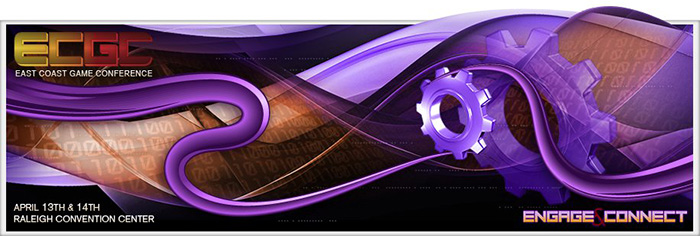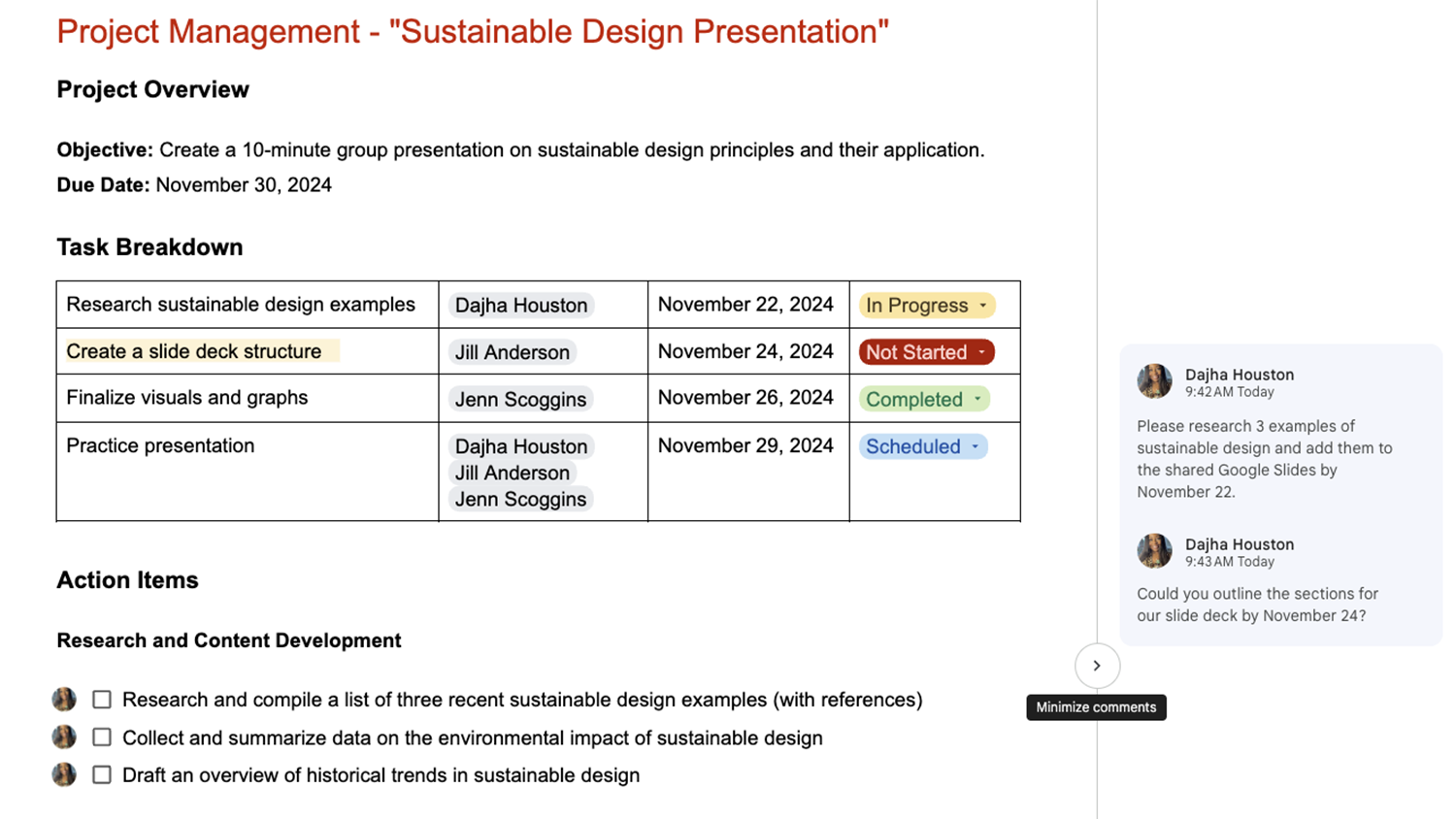East Coast Game Conference 2011
Contributors: Ben Huckaby, David Tredwell, Amanda Robertson, Cathi Phillips, Cleo Magnuson, Dana Hartweg, Lee Ann Gillen, Mike Cuales, PJ Odom, and Ruth Smith
Though it still catches some people by surprise, the Triangle area is actually quite the hot bed of activity for the video game industry. Some indications of this have been the influx of large studios to the area (such as Insomniac Games opening up their second studio in Durham in January 2009) and the rise of several smaller studios (Vicious Cycle Software being one example), not to mention our largest local success story, Epic Games. If you weren’t already a follower of the industry you might not have known any of this was going on until a major indicator of the importance of game development in the area showed up in downtown Raleigh three years ago.

The Triangle Game Conference started off in 2009 as a way for the local game industry developers to get together and share insights and techniques about their craft with each other and with anyone else who was interested. It was a surprise hit, and the next year was even better. With the third year the conference name changed to better reflect what it had become: The East Coast Game Conference. Now it’s not just developers from the Triangle showing up, it’s a slew of developers from the East Coast, some from the West Coast, and even a few international studios (Canada, for example, had a significant presence, as did at least one studio from the UK). It was at this two-day conference that you could find several representatives of DELTA, as well as other attendees from NC State, amongst the crowd.
So what do games and education have to do with each other? Why were so many educators and serious game developers in attendance? The short answer is that games offer a level of engagement with the user that few other types of media do, and with educators looking for new ways to supplement their instruction and embrace new media, games should really be at the top of the list. Just take a look at some of our top takeaways below if you are in doubt (or just want to learn something cool).
- Don’t duplicate reality!
Serious games don’t have to be a 1 to 1 matching simulation for their real-world counterparts. The key is to rely on approximations and focus on the important aspects of your learning goals and avoid tedium for realism’s sake. Look to narratives, themes, and thematic background noise for learner engagement. Users will learn or assess by doing. - Gaming is really play without risk, and play is a natural gateway to learning.
“Play is intrinsic to learning… [it] is nature’s most verified, validated and accredited learning method.” – Christopher Clark, Audax Health Solutions - Encourage exploration…
One of the biggest advantages that serious games offers is the ability to investigate all of the “what if” scenarios. Use this to your advantage! Leave room for the users to explore on their own, but step in and provide feedback when users go down the wrong path. Intervene at teachable moments. Look for possible errors of omission, commission, and sequence. - …but have relevant content.
Well designed content encourages users to experience it as you intend for them to. If the user perspective and the intent do not match up, there is no way to predict what the user will learn. This doesn’t exclude free choice and exploration, though. It just means that the whole experience, including any auxiliary content, should be designed to reinforce the learning objectives. Lessons have a progression, they have specific performance criteria, and assessment determines a Go or No Go pathway. Gating can be used to control game flow while still allowing users some freedoms. - Aim for the middle, allow for extremes.
User behavior is always going to be hard to predict, so when designing your content it is important to aim for the median of your audience while accounting for the extremes. This applies to more than just behavior. It can also apply to the difficulty, learning styles addressed, types of feedback used, etc. Essentially, does your content have interest for the broadest spectrum of your intended audience? Get into the audience’s head. How do they demonstrate what they know, and how does their performance show what they’ve not learned yet. - It’s a commitment, not a shipment!
Don’t think of your content as a “fire and forget” model, but rather a service that both you and your users are invested in. This may mean updates, engaging the community, open dialogue with users, etc. - Are you speaking my language?
Share your ideas in a way where everyone on the team (and even those outside of the team) can not only understand what you’re trying to do, but be able to give useful feedback on those ideas as well. - Pain deferred is pain multiplied.
When developing an experience, it’s important to factor user testing into all stages of production and not just the end. If you wait that long, chances are that it is too late to make the changes that are needed. Make user analysis part of discovery and iteration. Ad hoc testing can be sufficient – airports, colleagues not on the team. Cost of not analyzing can be high. Witnessing is the most efficient form of analysis. - Brain before brawn.
Look for ways to do things more intelligently instead of a direct, brute-force approach. Often a little time invested in planning and thinking through a problem will result in a better, more efficient solution in the long run. Provide tools in the user’s arsenal. Tools should only work when appropriate. There should never be only one tool… “if the only tool you have is a hammer, then all your problems are going to look like nails.” - More does not equal better.
When designing, isolate the top goals and features and remove extraneous or cumbersome ones to solidify the user experience. Don’t muddy up your goals with unnecessary “features.”
The above points are merely a sampling of what we learned from this extremely valuable conference, and it is exciting to see how closely the challenges and proven successes in the game industry mirror the challenges we face in education. At the end of the day, both face the problems of how to get our users to engage with our content (and to stay interested in it), to design for a wide and unpredictable variety of users and interaction styles, to know the importance of creating immersion in the subject matter, and to produce solutions on a limited time and resource budget (among others). So if you want to see where the next big technology in education might be coming from it turns out that you only need to take a look in your own backyard and find out what the game industry has known for years now–the Triangle is a pretty innovative place, and we have a conference to prove it.
- Categories:



